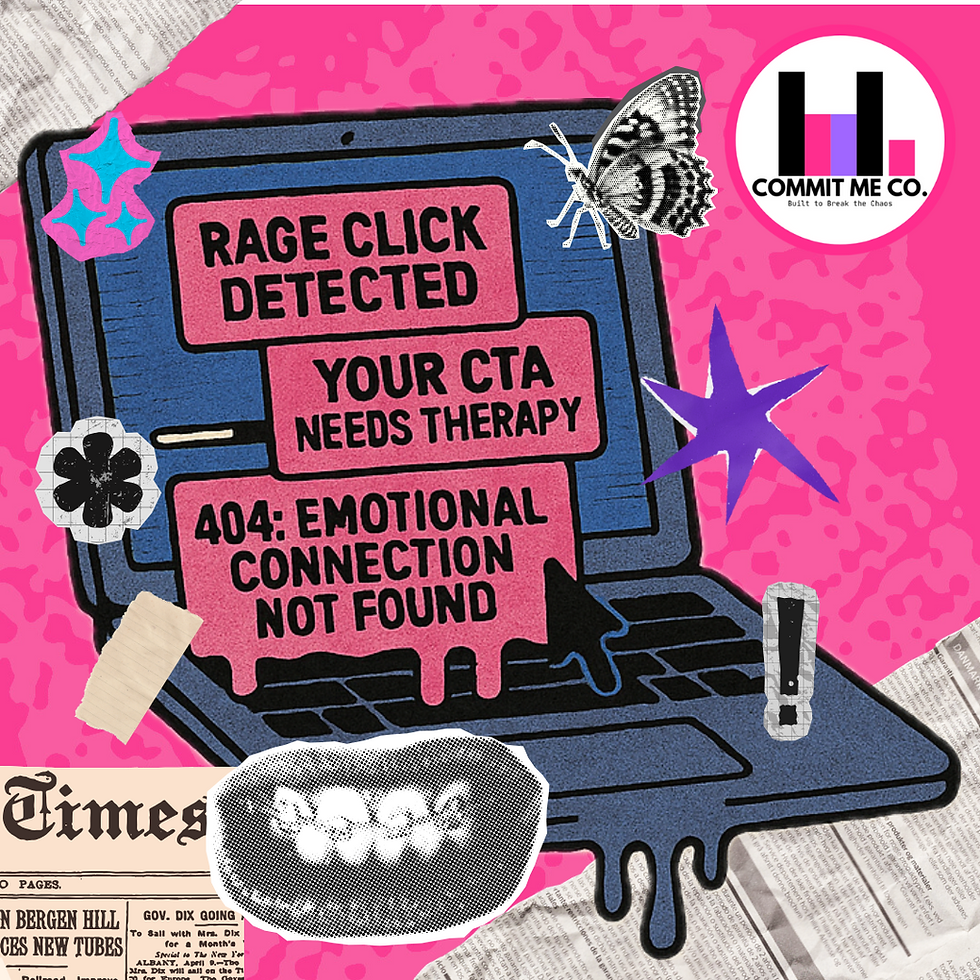Why Your Mission-Driven CRM Hates You (And What to Do About It)
- Emily Neuhoff
- Jul 5
- 2 min read
Updated: Jul 6
Your CRM wasn't built for you. It was built for someone's idea of you.
Probably a for-profit someone who thinks social impact organizations are just "businesses with a heart" and that stakeholder management works exactly like sales funnels. Spoiler: it doesn't.

The Problem With One-Size-Fits-All
Generic CRMs treat every relationship the same. But your major funder who's been supporting you for 15 years isn't the same as someone who bought a $10 ticket to your event. Your program manager needs different data than your grant writer. Your board wants different reports than your direct service staff.
Yet most CRMs force you into rigid categories that made sense to whoever designed them, not whoever uses them.

The Real Cost of Bad Fit
When your tools don't match your actual workflow, something's got to give. Usually, it's your team's sanity.
I've seen operations directors spend 3 hours a week manually moving data between systems because their CRM doesn't talk to their email platform. I've watched program coordinators maintain parallel spreadsheets because their database can't handle the complexity of their work.
This isn't laziness. This isn't resistance to change. This is people doing whatever it takes to get their actual job done despite the tools they've been given.
What Actually Works
Systems that work start with understanding how work actually happens, not how we think it should happen.
Before we write a single line of code, we watch. We ask questions like:
How does stakeholder information actually flow through your organization?
What reports do you actually need (not what you think you should need)?
Where do your current systems break down under pressure?
Then we build something that fits your workflow, not the other way around.

The Bottom Line
Your CRM should feel like it was designed by someone who's actually sat in your weekly staff meetings. Because it should be.
If you're spending more time managing your management system than managing your mission, it's time for a change.




Comments